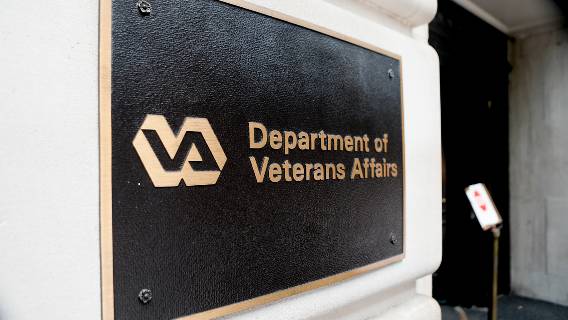VA Disability Rates Rise; Veterans With Mesothelioma Benefit

The U.S. Department of Veterans Affairs has increased its monthly payments to disabled veterans by 8.7%, the largest annual increase in 40 years.
Veterans who developed disabilities caused by asbestos exposure during military service – including mesothelioma cancer – are among those receiving the increase, which began on Dec. 1.
VA disability payout increases are based on the latest cost of living adjustment done annually by the Social Security Administration.
Soaring inflation and rising prices prompted the much-needed increase.
“After a year of historic inflation, it’s great to see the federal government recognize this impact on veterans and adjust the VA benefits accordingly,” said Aaron Munz, a former U.S. Army captain and director of the Veterans Department at The Mesothelioma Center.
Veterans Disability Payments Are Tax-Free
With this latest increase, a single veteran with a 100% disability rating will see their monthly payout rise from $3,323.06 in 2022 to $3,621.95 in 2023. Benefits for a veteran with a spouse will go from $3,517.84 each month to $3,823.89 in 2023.
Disability compensation is a tax-free payment made monthly to military personnel who sustained an injury or illness during their time in service. The amount paid is not affected by income level, a VA pension or other benefits.
Disability level, which is interpreted on a percentage scale, determines the amount of compensation. Mesothelioma cancer, if traced to military service and asbestos, is automatically given a 100% rating.
Previous annual increases were 5.9%, 1.3%, 1.6%, 2.8% and 2%, respectively, over the past five years. This latest increase is the largest since it jumped 11% in 1981.
“The increased rates will help veterans who have been injured or have experienced diseases due to toxic exposures during their service. It will provide for their basic needs, as well as those of their family members, who have all made sacrifices for our country,” Munz said. “Most veterans who received 100% disability are not able to work or cannot maintain full employment. VA disability helps close the gap.”
Every Branch of Military Service Affected
Although veterans with asbestos-related diseases make up only a small percentage of the military population receiving disability payments, it is still very significant.
Asbestos products were commonly used by every branch of the U.S. military due to the mineral’s fireproofing qualities and its heat resistence. Unfortunately, asbestos is toxic, and can it do considerable harm if fibers are inhaled or ingested.
Military personnel comprise a disproportionate number of people in the overall U.S. population who have been diagnosed with mesothelioma cancer, which is caused almost exclusively by asbestos.
According to the VA, veterans who served in the Middle East and Southeast Asia also may have been exposed to asbestos with more than just military equipment. The VA cited older, damaged buildings in those countries that exposed soldiers to toxic minerals such as asbestos.
VA Disability Levels Can Vary
The VA also recognizes several other diseases that have been traced to asbestos exposure in the military. That list includes lung cancer, gastrointestinal cancer, bronchus cancer, pleural plaques, pleural effusion and asbestosis.
Disability levels are not always the same. Noncancerous diseases often warrant less than the 100%, but the 8.7% increase still applies. For example, a veteran and spouse with a 50% rating will go from $1,050.44 each month in 2022 to $1,141.82 in 2023.
The 8.7% increase in benefits also applies to Dependency and Indemnity Compensation, which helps surviving spouses or children of military veterans who have died. Those individuals can now be paid as much as $1,562.74 each month.
Assistance in filing for VA disability compensation is available to all veterans through the Veterans Department at The Mesothelioma Center, which is overseen by Munz. It is a patient advocacy agency and is not part of the VA or any other government agency. Working with an accredited claims agent there can maximize a veteran’s chances of having their claims accepted.